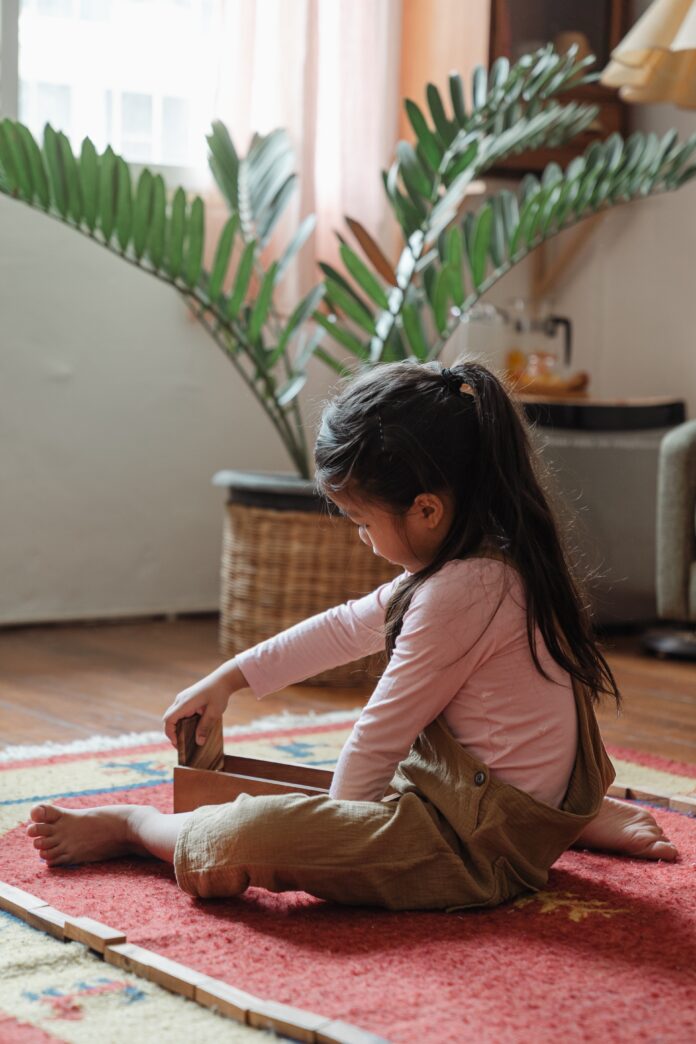Are you looking to develop your targeting skills in physical education? If so, you’ve come
to the right place! Targeting skills are important for success in any physical education
activity, from basketball to soccer and more. In this blog, we’ll discuss how to develop
your targeting skills and provide helpful tips and strategies to help you hone your ability
to accurately and quickly hit a target. We’ll also explore the benefits of being able to
accurately target your shots, passes, and throws. So, if you’re looking to improve your
targeting skills and become a better physical education student, read on!
The Benefits of Targeting Skills
Physical education is an important part of every student’s school experience. Targeting
skills in physical education has many benefits for both the student and the teacher. By
focusing on specific skills, teachers can better ensure that their students develop the skills
they need to succeed in physical activities. Targeting skills in physical education allows
students to improve their physical, mental, and social skills. It gives them the opportunity
to practice and refine their coordination, agility, balance, and strength.
It also allows them to explore different sports and activities that they may not have
considered before. This provides them with an opportunity to learn about new sports and
activities that they may be interested in. Targeting skills in physical education is also
beneficial for teachers. By focusing on specific skills, teachers are better able to assess the
strengths and weaknesses of their students. This allows them to tailor their instruction
and activities to the needs of their students.
This ultimately leads to better learning outcomes for their students. Furthermore,
targeting skills in physical education can help promote physical health. By encouraging
students to practice and improve their physical skills, they are more likely to engage in
physical activity outside of the classroom. This can lead to improved physical fitness,
which can have long-term benefits for their overall health. Overall, targeting skills in
physical education can be a great way to ensure that students are getting the most out of
their physical education experience.
It can help them to improve their physical, mental, and social skills and encourage
Understanding the Basics
Developing target skills in physical education is an important part of helping students
become well-rounded athletes. It’s important to understand the basics of how to develop
these skills in order to provide students with the best possible learning experience. By
focusing on developing the skills necessary for success in physical education, students can
develop a strong foundation of knowledge that will help them in all aspects of their
physical education. From proper technique to understanding the rules of the game,
developing target skills in physical education can help students to become more
successful athletes.
target skills in physical education
Developing Specific Skills
Physical education is an essential part of any well-rounded education. It not only helps
students stay physically and mentally healthy, but also helps them develop specific skills
that will benefit them in their daily lives. Targeted physical education activities can help
students hone in on specific physical skills such as agility, strength, and balance. The
benefits of focusing on these skills are vast, as they can help students become more
confident in their physical abilities, build better coordination, and even prevent injuries
3/6
from occurring. By setting specific goals and regularly practicing the necessary skills,
students will be able to improve their physical capabilities, leading to more successful and
enjoyable physical activities in the future.
Improving Performance
Physical Education is an essential part of any student’s education, and it is important to
ensure that all students are working on developing their target skills in this area.
Improving performance in Physical Education requires dedication and the right
techniques, and can be a great way for students to stay active, healthy, and engaged. With
the right approach and guidance, physical education can help students build strength,
coordination, endurance, and agility. By focusing on target skills, students can build a
strong foundation and develop skills that will serve them well in their long-term physical
education goals.
Data to Inform Skill Targeting
Physical Education (PE) teachers today have the opportunity to use data to inform the
targeting of skills in the classroom. This data-driven approach can be both empowering
and informative for teachers, allowing them to better tailor their instruction to their
students’ needs. Data can provide a clearer understanding of student performance,
allowing teachers to identify which skills the students have already mastered and which
need more attention. This can be especially useful for teachers who are teaching a variety
of students with different skill levels. By tracking student performance data, teachers can
better plan their lessons to ensure that each student is receiving the appropriate level of
instruction.
Data can also help teachers to assess the effectiveness of their instruction. By tracking
student performance data over time, teachers can see which teaching methods are
working best and adjust their instruction accordingly. This can help teachers to focus
their energy on the areas that will provide the most benefit to their students. Using data to
inform skill targeting can also help teachers to provide more personalized instruction to
individual students. By tracking individual student performance data, teachers can tailor
their instruction to the particular needs of the student.
This can help to ensure that each student is receiving the instruction that is best suited to
their particular learning style and abilities. Data-driven instruction can ultimately help PE
teachers to improve their overall instruction and student performance. By understanding
the data that is available to them, teachers can better target the skills that will help their
students succeed in the classroom.
Collecting Performance Data
In physical education, it is important to measure and track the performance of students,
in order to effectively target key skills and improve their overall physical literacy.
Collecting performance data can provide valuable insights into a student’s abilities and
4/6
identify areas where they need further development. By monitoring a student’s
performance over time, it is possible to adjust teaching methods and set goals to help
foster improvement. Through this process, physical educators can help students achieve
their potential and build a greater understanding of the physical world.
Analyzing Performance Data
Physical education is an important part of any student’s education, and analyzing
performance data is a great way to measure the effectiveness of physical education. By
taking a look at the data, it’s possible to identify which skills have been mastered and
which need to be further developed. With this information, teachers can then develop a
plan to target and improve the skills that are lacking. This data-driven approach to
physical education helps ensure that all students have the opportunity to reach their full
potential.
Using Data to Make Decisions
Data-driven decision making is the practice of using data and analytics to inform the
decisions we make in physical education. By analyzing data, we can target specific skills,
identify areas of improvement, and develop strategies to help our students reach their full
potential. With the use of data, physical education teachers can make decisions that are
tailored to the individual needs of their students and better equip them with the skills
necessary to succeed in the world.
Putting It All Together
Physical education is an essential part of a student’s education, and it can have a lasting
impact on their physical and mental well-being. By teaching students the target skills in
physical education, you can help them make positive changes in their lives that will
benefit them long after they have left the classroom. Target skills are those that are
necessary for students to be successful in physical activity, such as agility, coordination,
balance, and strength. By teaching the target skills in physical education, students will be
able to better understand how to move their bodies and how to improve their physical
health. A great way to help students learn the target skills in physical education is to
involve them in activities that will challenge them.
This could be as simple as playing tag or something more complicated like rock climbing.
By engaging students in activities that will require them to use the target skills, they will
be able to gain a better understanding of how to use those skills in their own lives.
Another way to teach target skills in physical education is to provide students with
feedback. By giving feedback after each activity, students can learn what they did well and
what they need to improve on. This will help them to learn more effectively and to become
better physical educators in the future.
By teaching target skills in physical education, you can help students to improve their
physical health, as well as their mental and emotional health. By combining physical
activities with educational activities, students can gain a better understanding of how
Conclusion
In conclusion, physical education is an essential part of a comprehensive education. It
helps to develop physical skills, mental and emotional strength, and social skills. With the
proper training and instruction, students can improve their physical abilities while also
gaining life skills that will help them become successful in the future. So, don’t forget to
get your physical education on and stay fit!”
FAQs
What are target skills in physical education?
Target skills in physical education are the fundamental skills that students need to learn
in order to participate in physical activities, such as running, jumping, throwing, and
catching.
What are the benefits of target skills in physical education?
Target skills in physical education help develop motor skills, coordination, agility,
balance, and spatial awareness. Additionally, they can improve physical fitness,
coordination, and confidence.
How can target skills in physical education be taught?
Target skills in physical education can be taught through instruction, demonstration, and
practice. Instruction involves explaining the skill, demonstrating the skill, and providing
feedback to the students.
What is an example of a target skill in physical education?
An example of a target skill in physical education is throwing a ball. This involves teaching
students the proper technique for throwing a ball and providing them with plenty of
opportunities to practice.
How can target skills in physical education help students in other sports?
Target skills in physical education help students in other sports by providing them with
the fundamental skills needed for physical activities. These skills can help improve
coordination, agility, balance and spatial awareness, which are all important for sports.
How can physical education teachers ensure that students are learning target
skills?


